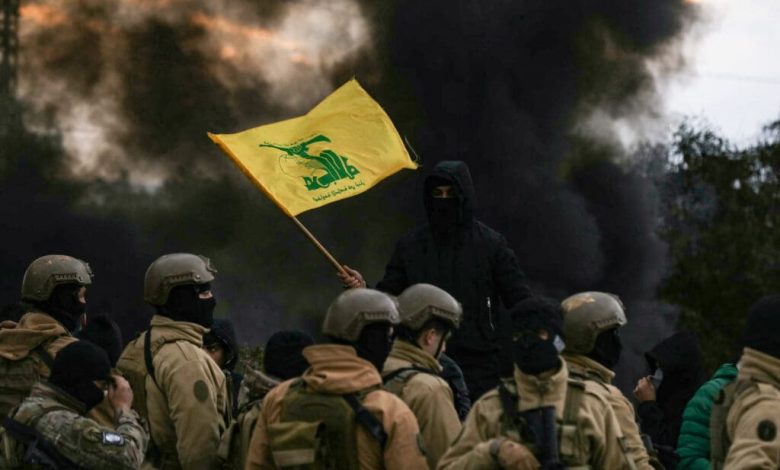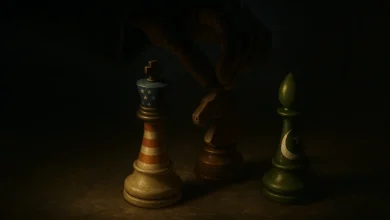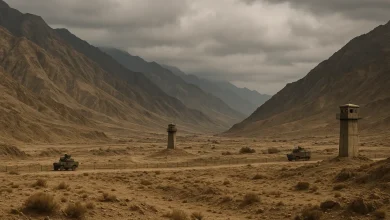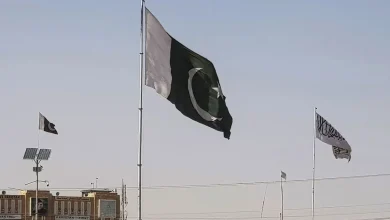Hezbollah Faces Pivotal Crossroads Amid Mounting Pressures

Hezbollah finds itself at a critical juncture following the assassination of senior commander Haitham Ali Tabatabai—one of the most complex and tragic periods in the group’s history.
The organization is currently under simultaneous pressure from Israel, the Lebanese government, and the international community. This pressure has created a double bind: Hezbollah can neither fully retreat nor engage in a full-scale conflict without bearing significant costs.
Through a series of recent operations, especially the targeted killing of Tabatabai and other senior commanders, Israel aims to weaken Hezbollah’s core leadership and limit its operational capacity. The primary objective is to force Hezbollah to withdraw from its military role outside the framework of the Lebanese state. However, Hezbollah’s structure is built around a vast security-military network that is not dependent on any one individual. While the elimination of senior figures is a major shock, it does not spell collapse for a group that has endured four decades of warfare, assassinations, reconstruction, and institution-building. Hezbollah possesses the capability to replace commanders, decentralize control, and quickly recalibrate its operations. Nonetheless, such blows inevitably constrain its risks and its maneuvering capacity.
Domestically, efforts by the Lebanese government to disarm Hezbollah have further complicated the situation. The government aims to restore military authority solely to the army, but the reality on the ground tells a different story. Structurally, financially, and logistically, the Lebanese army is not equipped to forcibly disarm Hezbollah. In fact, no Lebanese administration—including those critical of Hezbollah—has ever dared to confront the group head-on, as such a move could easily plunge the country back into civil strife. Both the government, aware of its limitations, and Hezbollah, understanding that this stance is driven more by external pressures than internal resolve, recognize this dynamic.
Fundamentally, Hezbollah without arms ceases to be Hezbollah. Its political and social legitimacy is derived from the ideology of “resistance.” To disarm, therefore, is not seen as a tactical retreat but as an existential loss. Under current conditions, a full disarmament appears unthinkable unless it is part of a grand regional bargain—one that entails substantial strategic concessions from Israel or changes in the South Lebanon equation. Such concessions, however, remain elusive for now.
At the same time, Hezbollah is not in a position to launch a full-scale war against Israel. While a major conflict might affirm its ideological standing, the cost—for Lebanon and for Hezbollah’s own Shiite support base—would be immense. The Shiite community of today is not the same as in 2006. With economic crisis, financial collapse, and widespread public disillusionment, societal resilience against war has significantly eroded. Hezbollah is acutely aware of this. Thus, moving toward major war seems more like a trap than a real option.
As a result, Hezbollah is likely to continue down its current path: a strategy of “controlled low-intensity conflict.” This entails limited responses, calibrated attacks, and a careful maintenance of deterrence that stops short of triggering full-scale war. This approach satisfies neither Israel nor the Lebanese government but is, for now, the only viable route to preserve Hezbollah’s military infrastructure and prevent a broader explosion of conflict.
In sum, Hezbollah is trapped in a tragic state with mounting internal and external pressures. Yet, none are powerful enough to force its surrender, nor does any alternative seem more manageable than the precarious status quo. Hezbollah cannot yield, cannot launch all-out war, and cannot return to its previous standing without significant cost. Every step now must be deliberate and precisely calculated, for even a single misstep could drag Lebanon into an unpredictable and potentially devastating confrontation.




